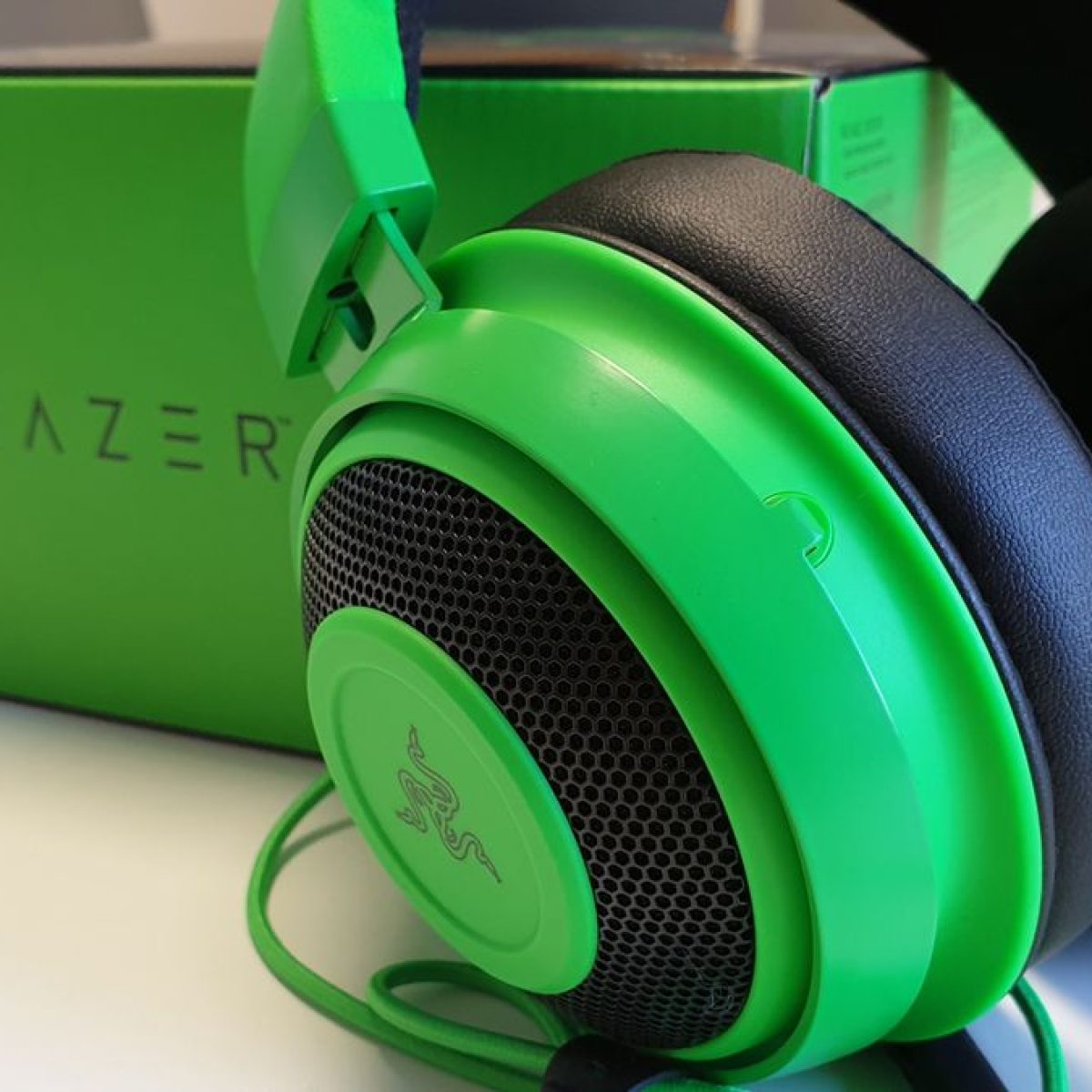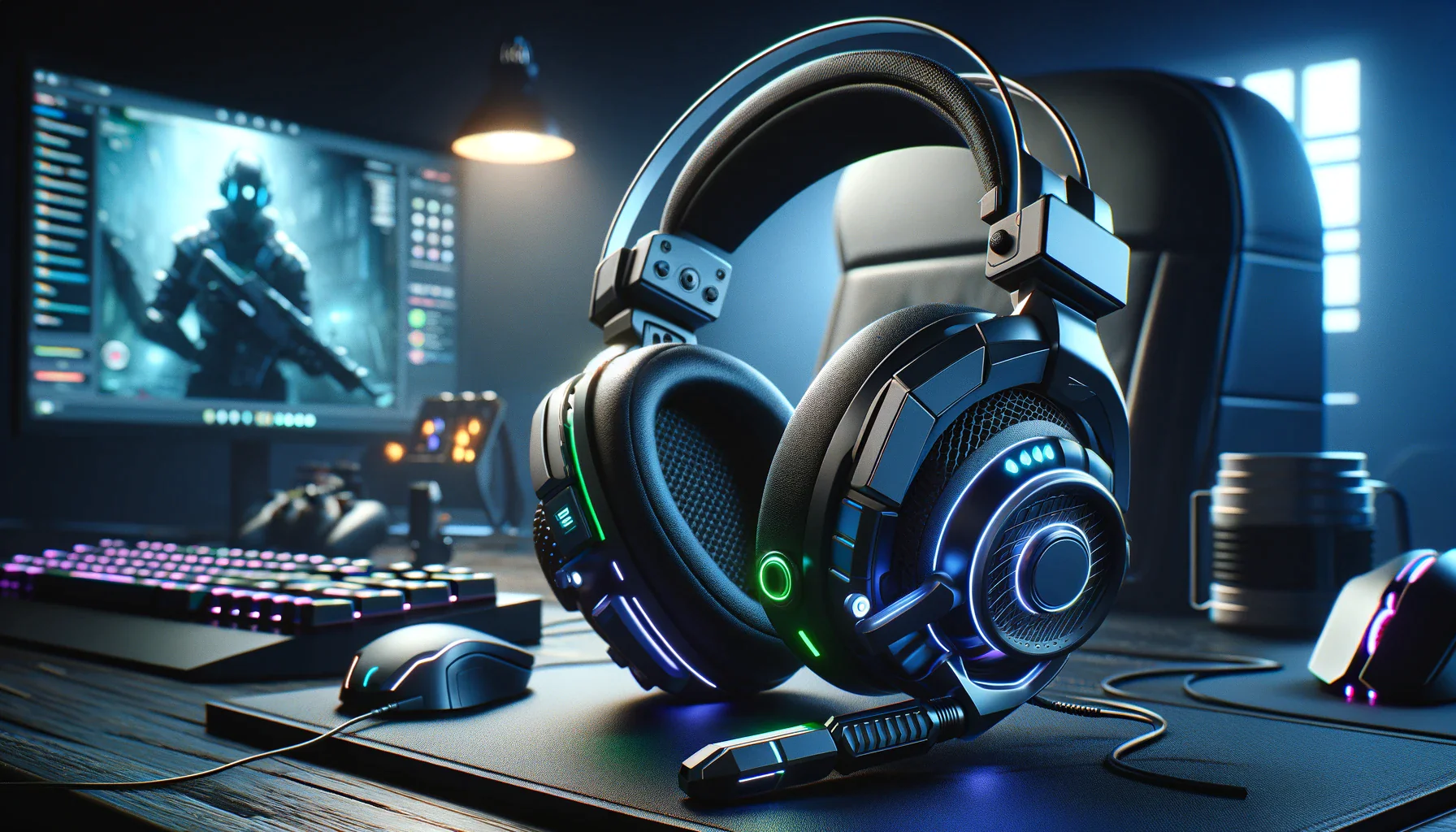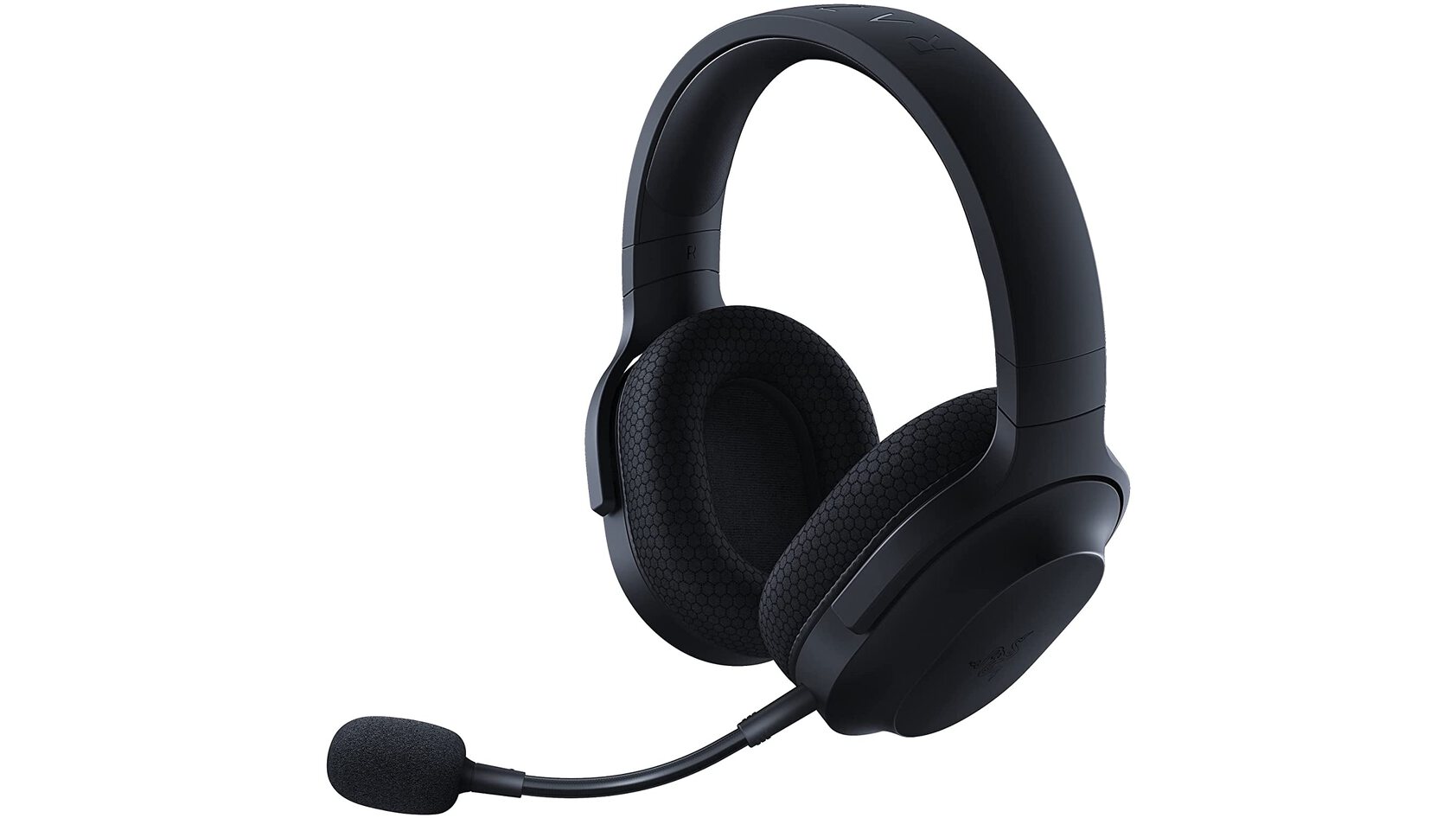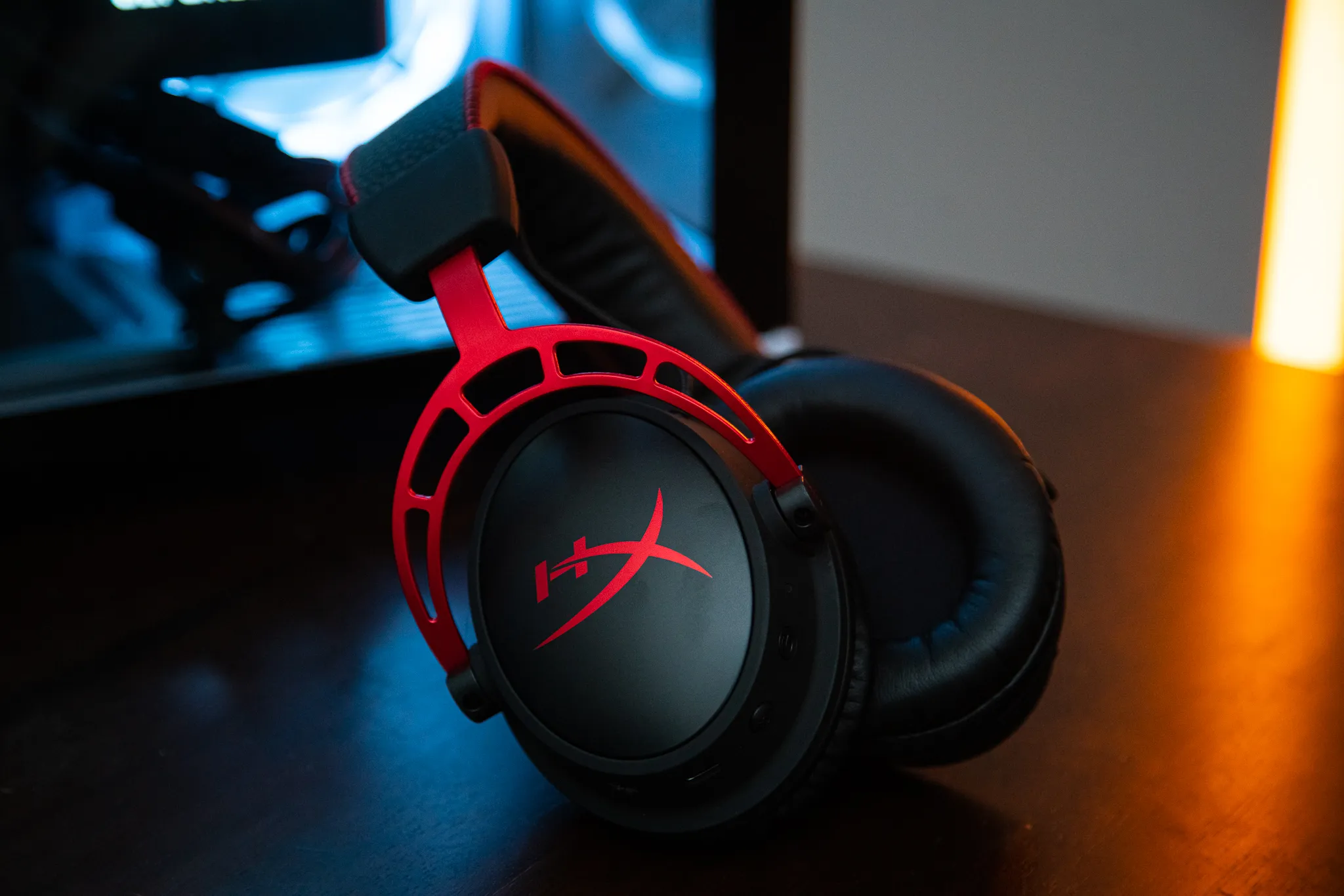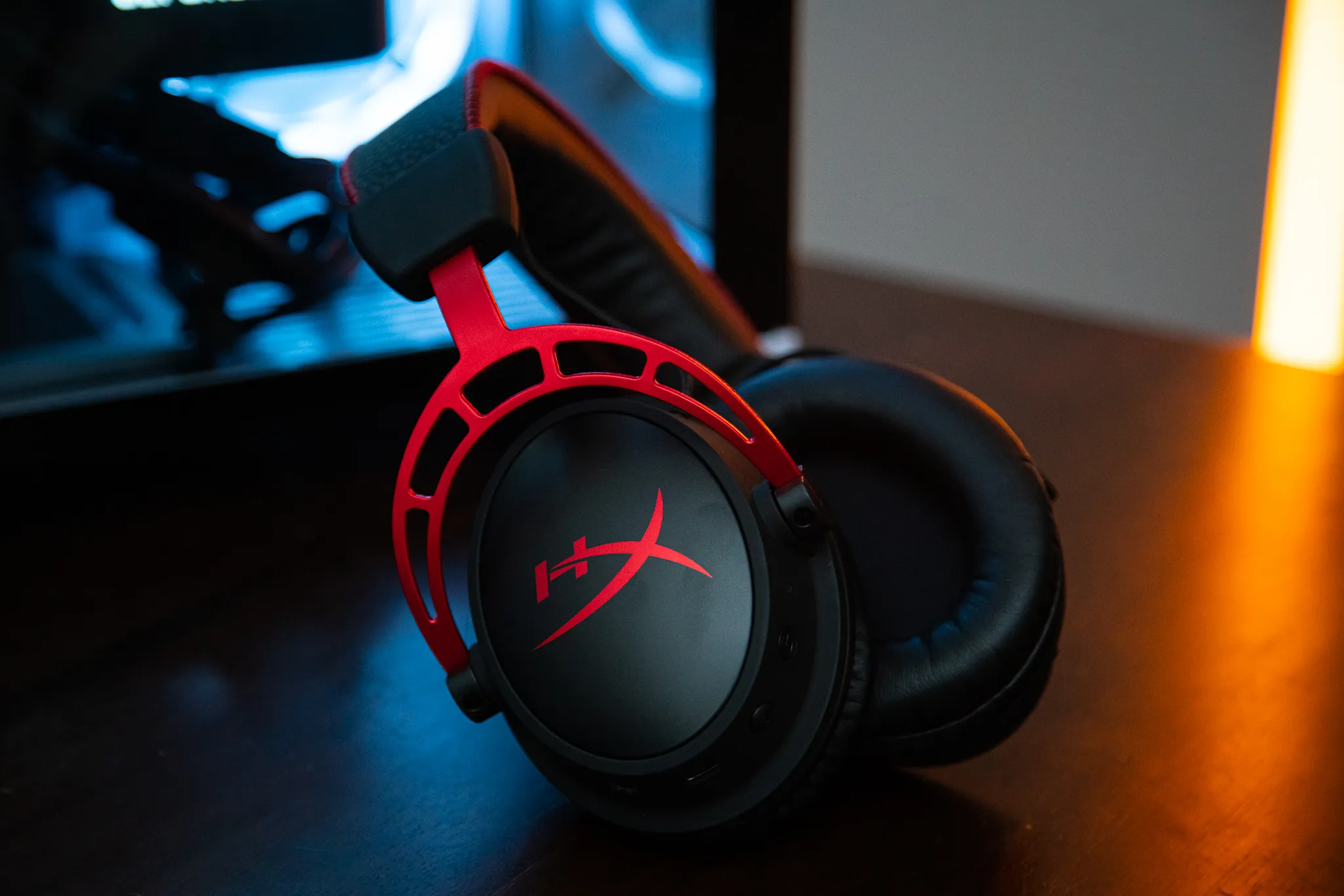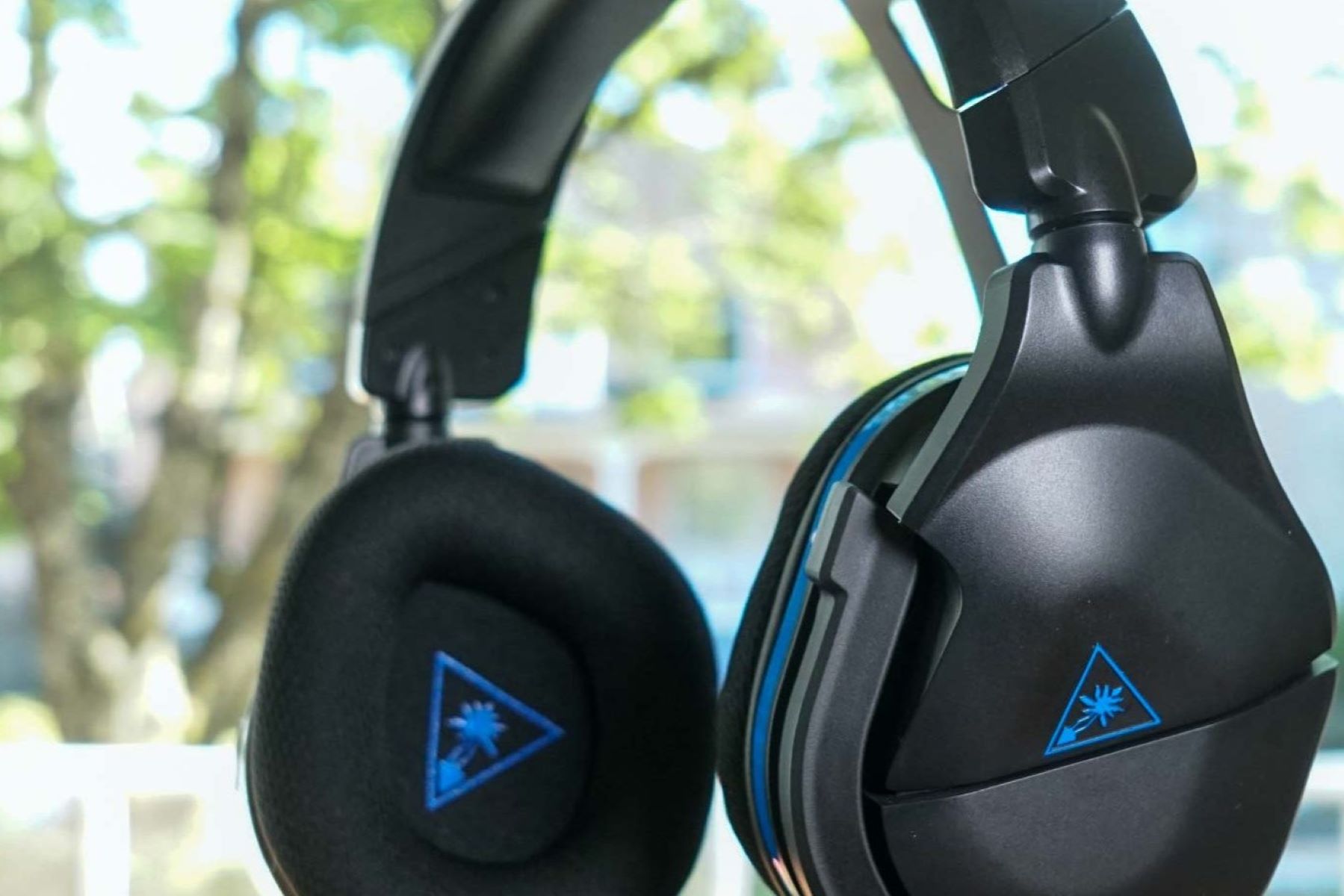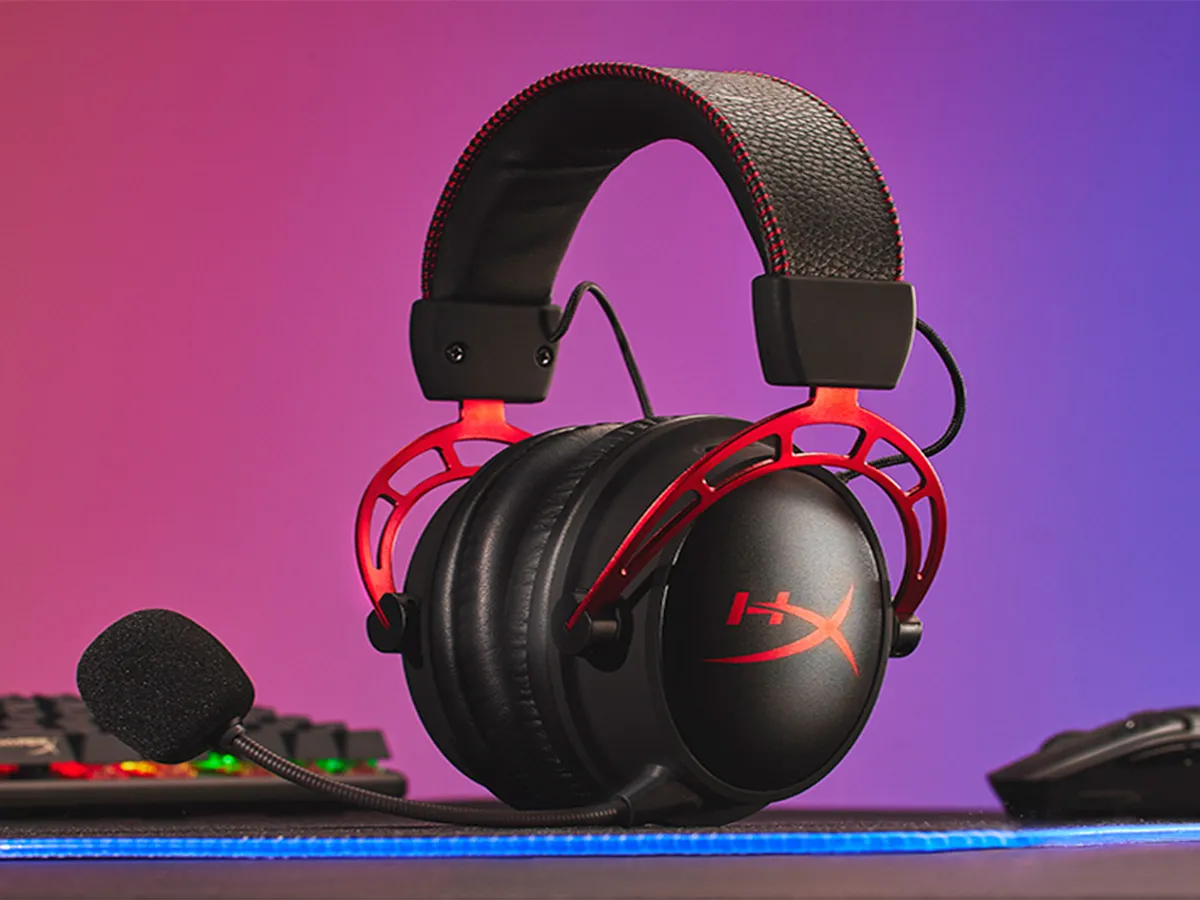Introduction
Welcome to the world of immersive audio experiences! Whether you're a seasoned gamer, a music enthusiast, or a professional in need of crystal-clear communication, a reliable headset is a crucial tool for enjoying optimal sound quality. However, despite the advanced technology integrated into modern headsets, users often encounter challenges when attempting to make the most of their audio devices.
In this comprehensive guide, we will delve into the intricate process of optimizing your headset for an unparalleled sonic bliss. From ensuring compatibility to troubleshooting hardware issues, we've got you covered every step of the way. By the end of this journey, you'll be equipped with the knowledge and expertise to harness the full potential of your headset, immersing yourself in a world of rich, high-fidelity sound.
So, whether you've just unboxed a brand-new headset or are seeking to enhance the performance of your trusty companion, fasten your seatbelt and get ready to embark on a sonic adventure. It's time to unlock the true potential of your headset and elevate your audio experience to new heights. Let's dive in and unravel the secrets to getting your headset to work seamlessly with your devices.
Checking Compatibility
Before delving into the intricacies of optimizing your headset, it's crucial to ensure that it is compatible with your device. The compatibility between your headset and the device it's connected to can significantly impact the overall audio performance. Here's how to ensure compatibility and set the stage for a seamless audio experience:
-
Device Compatibility: Begin by confirming that your headset is compatible with the device you intend to use it with. Whether it's a PC, gaming console, smartphone, or other audio-enabled devices, check the manufacturer's specifications to verify compatibility. Some headsets are designed for specific platforms, such as PC, Xbox, PlayStation, or mobile devices. Ensuring that your headset aligns with your device's specifications is the first step towards a harmonious audio setup.
-
Connection Type: Pay close attention to the connection type of your headset and the ports available on your device. Headsets can utilize various connection types, including USB, 3.5mm audio jack, Bluetooth, or proprietary connectors. Verify that your device supports the connection type of your headset to establish a reliable audio link.
-
Operating System Compatibility: For USB or wireless headsets, ensure that the device's operating system supports the necessary drivers and software for seamless integration. Compatibility issues can arise if the operating system lacks the essential drivers required to communicate with the headset, potentially leading to suboptimal audio performance.
-
Audio Output Settings: Check your device's audio output settings to ensure that it can recognize and utilize the features of your headset. Some advanced headsets may require specific audio formats or settings to deliver their full potential. Adjusting the audio output settings to align with your headset's capabilities can significantly enhance the overall audio experience.
By meticulously checking the compatibility of your headset with your device, you lay a solid foundation for a gratifying audio journey. Once compatibility is confirmed, you can proceed to the next steps of optimizing your headset to unlock its full potential.
Updating Drivers
Ensuring that your headset's drivers are up to date is a pivotal step in maximizing its performance. Drivers act as the communication bridge between your headset and the device it's connected to, facilitating the seamless transmission of audio signals. Outdated or incompatible drivers can lead to a myriad of audio issues, including distorted sound, connectivity problems, and limited access to advanced features. To harness the full potential of your headset, it's essential to keep its drivers updated. Here's a detailed guide on updating drivers for various types of headsets:
USB and Wireless Headsets
For USB and wireless headsets, manufacturers often provide dedicated software or drivers that enhance the functionality and compatibility of the headset with different devices. To update the drivers for these headsets, follow these steps:
-
Manufacturer's Website: Visit the official website of the headset's manufacturer and navigate to the support or downloads section. Look for the latest drivers or software specifically designed for your headset model and the operating system of your device.
-
Installation Process: Download the updated drivers or software and follow the installation instructions provided by the manufacturer. Ensure that any existing drivers or software related to the headset are uninstalled before installing the updated version to prevent conflicts.
-
Firmware Updates: Some wireless headsets may also require firmware updates to optimize their performance and address any known issues. Check for firmware updates on the manufacturer's website and follow the instructions to update the headset's firmware.
3.5mm Audio Jack Headsets
While traditional 3.5mm audio jack headsets may not require specific drivers, ensuring that the audio drivers of your device are up to date is crucial. Follow these steps to update audio drivers for 3.5mm audio jack headsets:
-
Device Manager: Access the Device Manager on your Windows PC or the equivalent system preferences on other operating systems. Locate the audio device or sound card section and check for updates to the audio drivers.
-
Automatic Updates: Enable automatic driver updates to ensure that your device's audio drivers are automatically updated when new versions are available. This can be done through the device's settings or using third-party driver update software.
By keeping your headset's drivers updated, you pave the way for a seamless and immersive audio experience, free from compatibility issues and performance limitations. Up-to-date drivers not only ensure optimal functionality but also provide access to the latest features and improvements offered by the headset's manufacturer. Now that you've unlocked the potential of your headset through driver updates, it's time to delve into the next steps of optimizing its sound settings and troubleshooting any potential hardware issues.
Adjusting Sound Settings
Fine-tuning the sound settings of your headset is a pivotal step in customizing the audio output to suit your preferences and maximize the overall listening experience. Whether you're aiming for immersive gaming audio, precise music playback, or clear communication, adjusting the sound settings can significantly enhance the sonic bliss delivered by your headset. Here's a comprehensive guide on adjusting sound settings for various types of headsets:
Equalizer Settings
The equalizer serves as a powerful tool for shaping the frequency response of your headset, allowing you to emphasize or attenuate specific audio frequencies according to your preferences. Many headsets, especially those designed for gaming and multimedia, come with built-in equalizer presets or customization options. Experimenting with the equalizer settings can help you achieve the desired balance of bass, mids, and treble, enhancing the clarity and impact of the audio.
Spatial Sound and Virtual Surround
For gaming enthusiasts and movie aficionados, spatial sound and virtual surround technologies offer an immersive audio experience by simulating multidimensional audio environments. Headsets equipped with spatial sound features or virtual surround sound can benefit from adjusting these settings to match the audio content being enjoyed. Whether it's enabling 7.1 surround sound for gaming or activating virtual spatialization for cinematic experiences, these settings can elevate the sense of realism and immersion in audio-intensive scenarios.
Microphone Settings
If your headset includes a microphone for voice communication or content creation, optimizing the microphone settings is essential for clear and articulate voice transmission. Adjusting microphone gain, noise cancellation, and voice enhancement features can significantly improve the quality of your voice input, ensuring that your communication is crisp and free from unwanted background noise.
Audio Format and Bitrate
In scenarios where high-fidelity audio playback is paramount, such as music production or audiophile listening, ensuring that your headset is set to the optimal audio format and bitrate is crucial. Advanced headsets may support various audio formats, including Hi-Res audio, DSD, and FLAC. Adjusting the audio format and bitrate settings on your device to align with the capabilities of your headset can preserve the integrity of the audio signal and deliver an uncompromised listening experience.
Volume Limiting and Safety Features
Some headsets offer volume limiting and safety features to protect your ears from prolonged exposure to high sound pressure levels. Adjusting these settings to align with your comfort and safety preferences can safeguard your hearing while ensuring an enjoyable and responsible audio experience.
By delving into the intricacies of sound settings adjustment, you can tailor the audio output of your headset to meet your specific needs and preferences, unlocking its full potential across various applications. Whether it's immersing yourself in the rich audio landscapes of your favorite games, enjoying pristine music reproduction, or engaging in clear and effective communication, the art of adjusting sound settings empowers you to sculpt your sonic world according to your desires.
Troubleshooting Hardware Issues
When it comes to optimizing your headset for an exceptional audio experience, addressing hardware issues is paramount. Despite the advancements in headset technology, hardware-related challenges can impede the seamless functionality of your audio device. By mastering the art of troubleshooting hardware issues, you can overcome common obstacles and ensure that your headset operates at its full potential.
Physical Connections
Begin by inspecting the physical connections of your headset. Ensure that the cables, connectors, and ports are free from damage and securely plugged in. Loose connections or frayed cables can lead to intermittent audio output, distorted sound, or complete audio dropout. By meticulously examining the physical integrity of your headset's connections, you can preemptively address potential hardware issues.
Device Recognition
If your headset is not being recognized by your device, verify that the device's audio settings are configured to recognize external audio devices. In the case of USB or wireless headsets, ensure that the necessary drivers and software are installed and functioning correctly. Troubleshoot any driver-related issues and confirm that the device can detect and communicate with your headset.
Audio Artifacts and Distortion
Audio artifacts, such as crackling, popping, or static noise, can detract from the immersive audio experience. These issues may stem from faulty cables, damaged drivers, or incompatible audio settings. To troubleshoot audio artifacts, consider testing your headset with alternative devices to isolate the source of the issue. Additionally, adjusting the audio format, bitrate, and equalizer settings can mitigate certain types of distortion.
Microphone Malfunctions
For headsets equipped with microphones, addressing microphone malfunctions is crucial for clear communication and voice input. If your microphone is producing muffled or distorted audio, check for obstructions or debris near the microphone boom. Test the microphone on different devices to determine if the issue is hardware-specific. Additionally, inspect the microphone's connection and ensure that it is securely plugged into the headset.
Firmware and Software Updates
Many hardware issues can be resolved through firmware and software updates provided by the headset's manufacturer. Check for available firmware updates for wireless headsets and follow the manufacturer's instructions to ensure that your headset is running the latest firmware version. Similarly, updating the dedicated software for USB headsets can address compatibility issues and optimize performance.
Environmental Interference
External factors, such as electromagnetic interference from nearby electronic devices or wireless signal congestion, can impact the performance of wireless headsets. Troubleshoot potential environmental interference by testing your headset in different locations and minimizing the presence of electronic devices that may disrupt the wireless signal. Additionally, relocating the wireless transmitter or receiver can alleviate interference issues.
By adeptly navigating the realm of troubleshooting hardware issues, you can fortify the foundation of your headset's functionality and pave the way for a seamless audio experience. Through meticulous inspection, testing, and optimization, you can conquer hardware-related challenges and unlock the true sonic potential of your headset.
Conclusion
Congratulations on embarking on the journey to unleash the full potential of your headset and elevate your audio experience to new heights. Throughout this comprehensive guide, we've delved into the intricacies of optimizing your headset for sonic bliss, covering essential aspects such as compatibility, driver updates, sound settings adjustment, and troubleshooting hardware issues. By mastering these fundamental steps, you've equipped yourself with the knowledge and expertise to harness the true power of your headset, immersing yourself in a world of rich, high-fidelity sound.
As you navigate the realm of headset optimization, it's essential to approach each step with patience, curiosity, and a keen sense of exploration. The process of fine-tuning your headset is not merely a technical endeavor; it's a journey of discovery, self-expression, and sensory indulgence. Whether you're a discerning audiophile seeking pristine music reproduction, a competitive gamer craving immersive spatial audio, or a professional communicator demanding crystal-clear voice transmission, your headset stands as a gateway to a realm of boundless sonic possibilities.
By ensuring compatibility between your headset and devices, you've laid a solid foundation for seamless audio integration, setting the stage for a harmonious audio journey. Updating your headset's drivers has empowered you to bridge the communication gap between your device and headset, unlocking advanced features and ensuring optimal functionality. Delving into the art of adjusting sound settings has allowed you to sculpt the sonic landscape according to your desires, tailoring the audio output to suit your preferences across various applications.
Moreover, by adeptly troubleshooting hardware issues, you've fortified the resilience of your headset, overcoming potential obstacles and safeguarding the integrity of your audio experience. Through meticulous inspection, testing, and optimization, you've conquered hardware-related challenges, ensuring that your headset operates at its full potential, free from impediments.
As you apply the insights gained from this guide to your own audio setup, remember that the journey of headset optimization is a dynamic and ongoing process. Embrace the opportunity to experiment with different settings, explore new audio landscapes, and adapt to the ever-evolving realm of audio technology. Your headset is not merely a tool; it's a conduit for self-expression, immersion, and sonic storytelling.
With each adjustment, update, and troubleshooting endeavor, you're not only enhancing the performance of your headset but also nurturing a deeper connection with the audio content that enriches your life. So, as you embark on this sonic adventure, may your headset be the vessel that transports you to realms of auditory delight, where every sound is a symphony and every moment is an opportunity to revel in the pure, unadulterated joy of sonic bliss.









